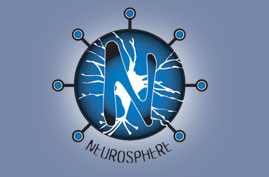MicroCheap
Personal Infrastructure
Bill Gates is still ridiculing the idea, but the cheap computer is gaining steam.
“A Chinese company has claimed to have developed the nation’s first
low-cost computer priced at 125 US dollars, using an indigenous central
processing unit and the new product will hit the market in June, a
report said today…
The performance of Longmeng, or Dragon Dream, is equivalent to a 1G
Pentium III desktop, according to Zhang. It is a computer, a DVD player
and also a video game player. The computer, equipped with standard PC accessories,
is portable as it is the size of a textbook and weighs 500 grams.”
http://onlypunjab.com/fullstory2k5-insight-news-status-10-
newsID-90664.html
